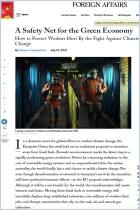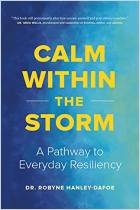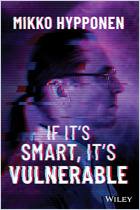
Read offline
Recommendation
Full participation in contemporary society requires digital media skills and web access. Most jobs demand at least minimal digital skills, and even governments assume everyone has an email address. The “digital divide” splits the haves and have-nots in digital media access and use. This isn’t only a technological issue: It determines whether a society includes certain people. Governments and other institutions can reduce the digital divide’s impact by establishing thoughtful policies and better access. Professor Jan van Dijk’s study, based on 25 years of research, suggests sensible, actionable solutions policy-makers can implement in government, businesses and educational institutions.
Take-Aways
About the Author
Professor of communication science Jan van Dijk holds a chair in the Sociology of the Information Society at the University of Twente in the Netherlands.



















Comment on this summary or 开始讨论